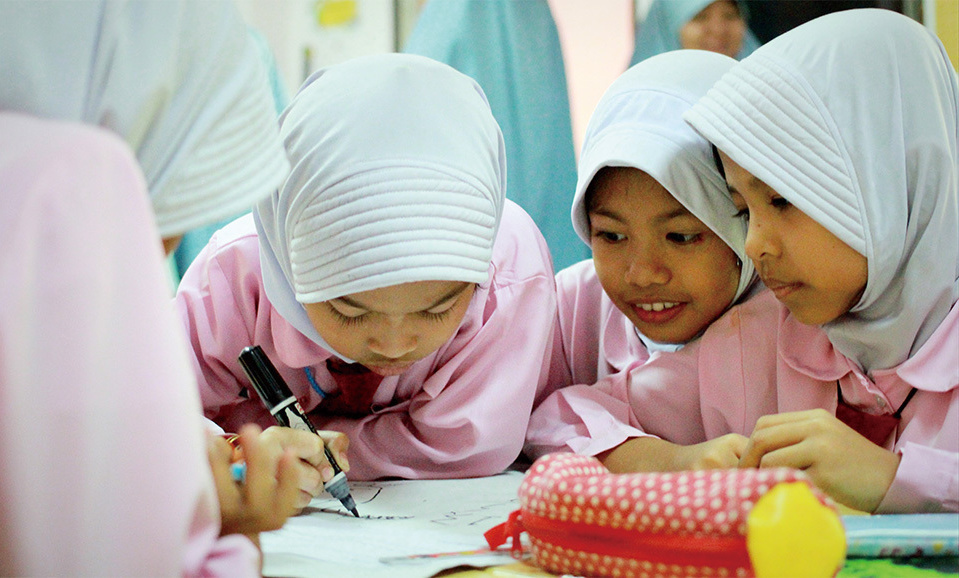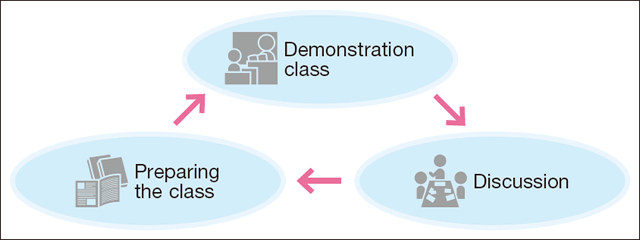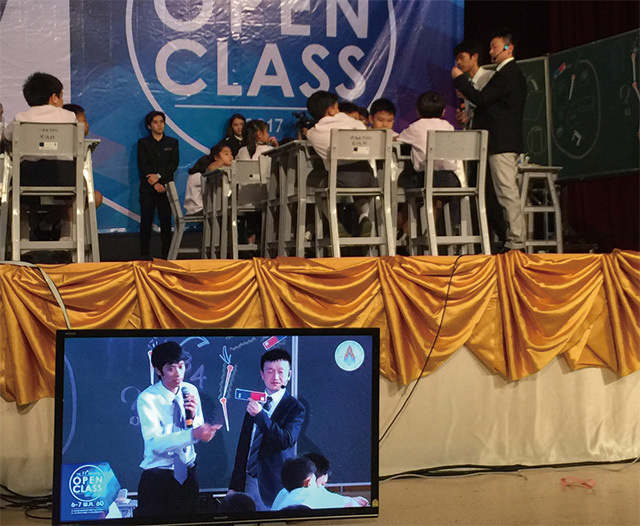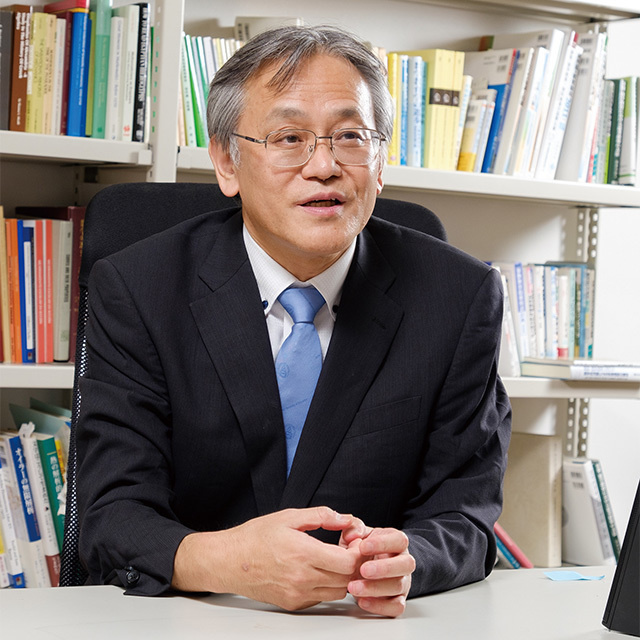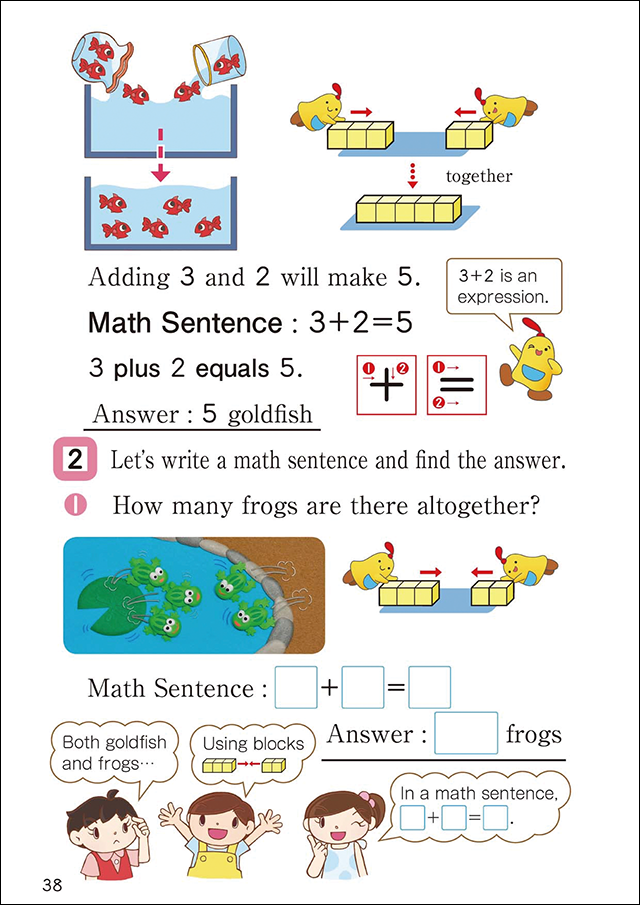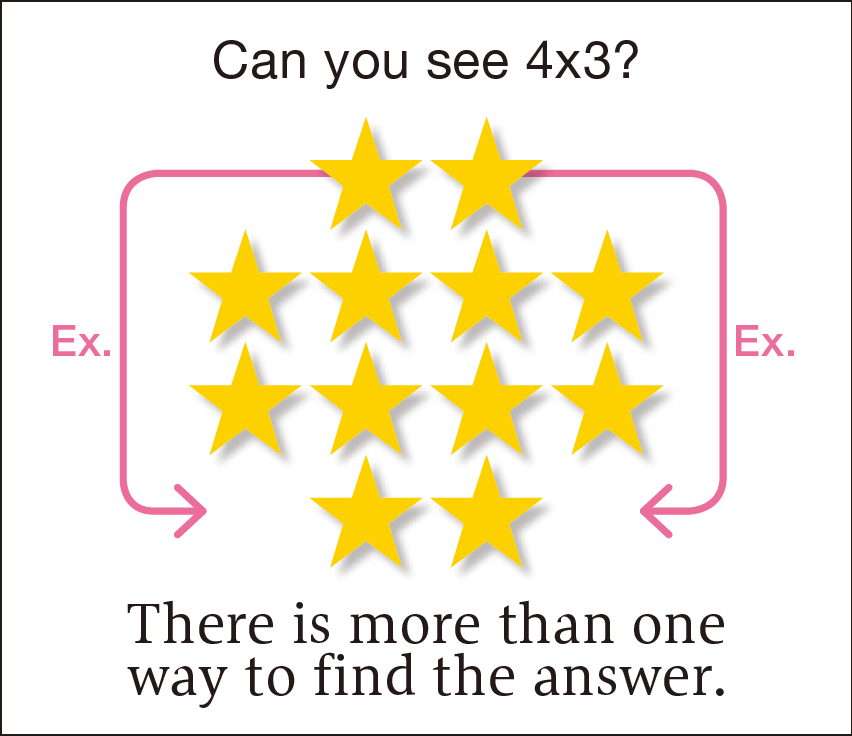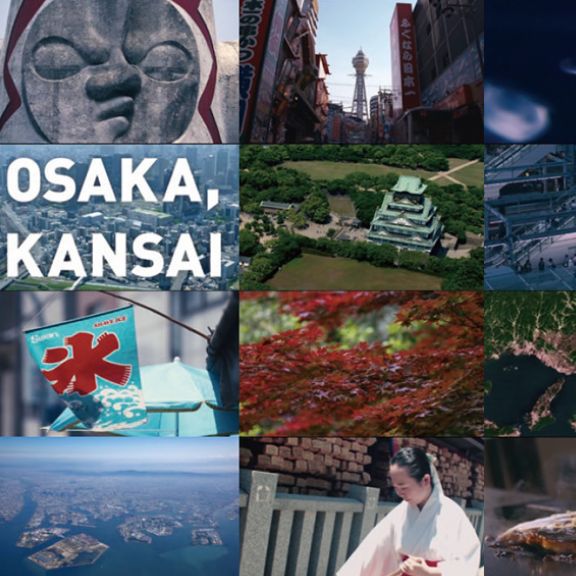The Japanese education system is receiving much attention. This all started in 1964 with an international math education study conducted by the International Association for the Evaluation of Educational Achievement (IEA). In the 1964 study, Japan placed second in mathematics and came first in the following study. As a result, researchers from industrialized nations flocked to Japan, and various comparative studies between the systems in the United States and Japan launched in the 1980s, while the movements for standardizing the schooling curriculum thrived in the United States. In the 1990s, research on comparative math education made clear that the secret behind the scholastic achievements of Japanese students was Japanese-style education, especially the teaching of problem-solving in brainstorming sessions to stimulate alternative methods, and the lesson study (jugyo kenkyu ) that teachers were encouraged to engage in. In subsequent studies, Japan has maintained a position in the top five rankings.
The lesson study (jugyo kenkyu) process
Striving to improve the quality of education, teachers conduct research during daily classes by repeatedly researching instructional materials, holding classes, and reflecting on their instruction.
“We are helping others introduce a Japanese-style system of education, and we are very happy when we hear how children in countries that have actually adopted such a system look forward with enthusiasm to going to school every day,” recounts Masami Isoda, director of the University of Tsukuba’s Center for Research on International Cooperation in Educational Development (CRICED). CRICED was founded in 2002 with the objective of providing aid to foreign countries by sharing the Japanese educational model.
The aspect of Japanese-style education that first caught the attention of overseas educators was its lesson study. Teachers research instructional materials together, and observe one another’s teaching during open classes. Their consultations with one another over methods of instruction help refine teaching materials and teaching methods, to provide a better hands-on model and encourage efforts for even better instruction. This approach is praised overseas as an activity to improve teacher self-education.
The 11th workshop class held at Khon Kaen University.
Over 2,000 teachers gathered from throughout Thailand to participate in the event and observe classes being conducted onstage.
“In countries other than Japan, the Japanese method of teachers observing one another’s classes is often misunderstood as skill assessment. Japanese-style education involves having teachers compete with one another, strive to improve lesson study, and train children to think on their feet. This was especially important when CRICED was founded. Overseas schools that have adopted this education system provide an innovative teaching experience where mutual learning and successive fine tuning of lesson study have led to dramatic improvements in student achievements,” says Isoda. Since 2006, the Asia-Pacific Economic Cooperation (APEC), an organization working for economic development, has launched research projects on Japanese-style education with the aim of raising the quality of education. Serving as a prime mover in this project, CRICED organizes a 21-economy lesson study network in its efforts to promote lesson study.
Japanese textbooks have caught the eyes of educators around the world as the result of lesson study. Especially, arithmetic and mathematics textbooks are designed to teach students mathematical concepts by having them think on their own and discuss with one another.
Dr. Masami Isoda
Director of the University of Tsukuba’s Cent er f or Research on International Cooperation in Educational Development (CRICED).
Professor of the Faculty of Human Sciences. PhD in Education. Representative of the APEC lesson study project since 2006.
“In the past 15 years, we have worked to share Japanese-style education through the universal language of mathematics. CRICED currently works in partnership with associates all over the world. Through these associates we deploy lesson study, provide an innovative teaching experience and encourage efforts for even better instruction in various countries and regions. We would now like to widen this sphere to include other subjects. It is our intention to make use of Japanese-style teacher-training systems and other useful expertise,” explains Isoda.
In addition to such efforts, the Japanese Ministry of Education, Culture, Sports, Science and Technology began its “EDU-Port Nippon” initiative in April 2016. The project coordinates expanding Japanese-style education overseas with public-private partnerships, works to expand musical and physical education, and explores the academic uses of ICT devices. The Japanese government plans to further increase its international contribution in the field of education in the future.


























